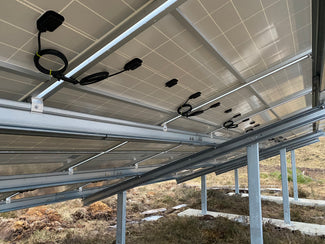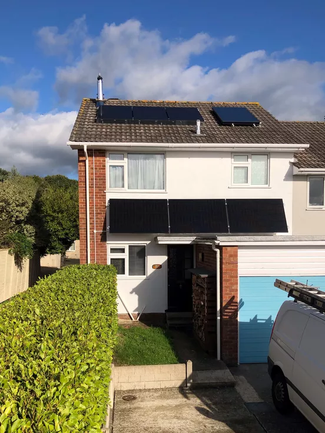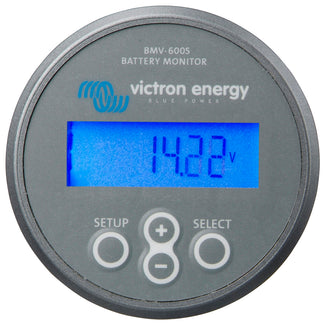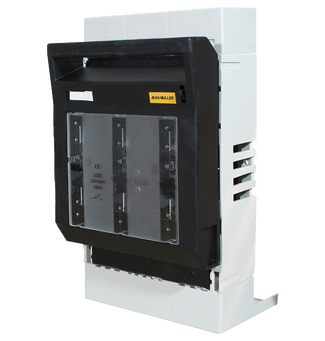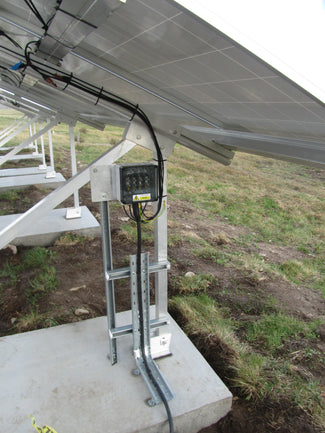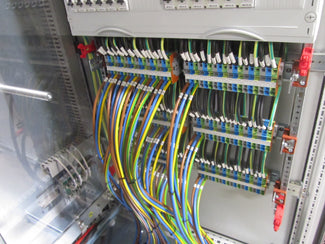To make efficient use of the precious electricity made by either wind generators or solar modules (or stored in batteries), it is most important to choose cables and fittings carefully. The right cables of the correct cross-section should be used to ensure safety, reliability and to minimise voltage drop and energy losses.
Larger wire sizes are required in lower voltage DC systems than in standard AC systems.
All cables must be suitably sized and rated for the maximum voltage and current calculated for the circuit in question, taking into account any relevant derating factors such as installation method or grouping.
If in doubt consult equipment installation manuals or an electrician.
Cables should be clearly identified.
- This is important for safety since if wires are not labelled or correctly identified then if cut or unplugged there is a risk of damage electrocution or fire
- For service or troubleshooting cable identification and wiring schematics are essential both for safety, but also to make fault finding etc easier and quicker.
- DC cables in a PV array remain live during daylight and so all DC cables should be labelled ' PV array cable - live during daylight'
Wires should be marked according to the IEC Harmonised Cable Colour Codes:
| Function | Alphanumeric | Colour |
|---|---|---|
| Protective Conductors | Green & Yellow | |
| AC Power Circuit | ||
| Phase of single phase circuit | L | Brown |
| Neutral of single or three phase circuit | N | Blue |
| Phase 1 of three phase circuit | L1 | Brown |
| Phase 2 of three phase circuit | L2 | Black |
| Phase 3 of three phase circuit | L3 | Grey |
| Two Wire Unearthed DC Power Circuit | ||
| Positive | L+ | Brown |
| Negative | L- | Grey |
Cables consist of conducting wires with a protective, insulating covering which must be resistant to moisture, sunlight, heat, chemicals and abrasion. For better protection underground, outside or in harsh conditions conduit or armoured cable must be used. For outside applications, cables and other exposed external plastic fittings must be weatherproof and resistant to deterioration in sunlight.
All cables should be adequately supported using conduit, cable cleats, cable clips or cable ties etc.
Flexible multi-stranded wire should be used instead of single stranded wire to ensure good connections and reliability.
Standard 230Vac household ‘twin & earth’ type wiring uses PVC insulation which is somewhat resistant to sunlight (it should last about 5 years), and this is the cheapest choice for internal wiring such as DC and AC load circuits. Common single insulated wires are not sunlight resistant.
The production, use and disposal of PVC results in the creation and release of large amounts of persistent toxic & carcinogenic chemicals, including dioxin - a hormone disrupter, one of the most toxic substances known.
By using polyethylene or rubber insulated cables (described as halogen-free cables) in place of PVC this environmental contamination can be avoided.
PV Array and DC Circuit Wiring


For smaller battery based PV systems using small PV panels with junction boxes with average mechanical stresses and use in the open flexible 2-core cables are very suitable. An H07RN-F rating means they are sunlight UV, ozone, temperature and weather resistant. Rubber insulation, black outer, blue/brown cores.
These are also suitable for wiring DC loads such as lighting or pumps
For higher voltage DC systems (such as grid connect PV arrays) double insulated single core cable should be used. Black rubber double insulation - suitable for use with MC4 polarised weatherproof DC connectors.




PV Array Junction Boxes


These are used to allow the parallel connection of several strings of PV modules or to enable large or armoured cables to be connected from the PV array to charge controller or inverter location so minimising voltage and power losses. Since the PV array cannot be switched off these junction boxes must be labelled as ‘PV Array Junction Box - Danger, contains live parts during daylight’. These boxes can also contain string fuses which provide a means to isolate the PV strings. String fuses must be provided for all arrays formed of N parallel strings, where (N-1) x Isc (module short circuit current) is greater than the module maximum series fuse rating.




Products

Solar Cable and Connectors
Double insulated single core cable together with polarised weatherproof DC connectors.
View collection
Multi-Core Cables
For battery based PV systems the following flexible multi-core cables are very suitable.
View collection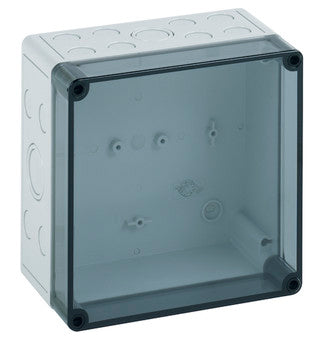
PV Combiner Boxes and String Fuses
These are used to allow the parallel connection of several strings of PV modules or to enable large...
View collection